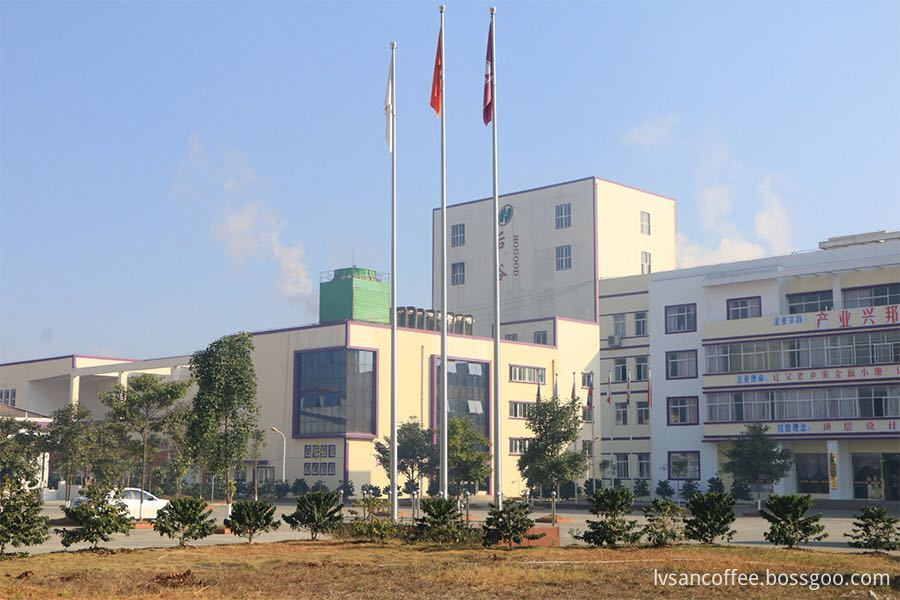The processing of Puerariae for medicinal and edible plants
Pueraria lobata, commonly known as Kudzu, is a leguminous vine with rich nutritional value in its roots. It is not only used as a fresh food but also processed into arrowroot and refreshing drinks like red drink. In traditional Chinese medicine, the dried root of Pueraria lobata is valued for its sweet and cooling properties. It is used to detoxify, relieve muscle tension, quench thirst, and treat conditions such as colds, fevers, rashes, gastrointestinal issues, hypertension, neck pain, diarrhea, and angina. The flowers are also sweet and have a refreshing effect, helping to reduce hangovers and thirst.
Cultivating Pueraria lobata meets people's dietary needs, supplies the herbal medicine market, and can significantly increase local income. Here’s an overview of the harvesting, storage, and processing methods:
First, the roots are typically harvested after 2 to 3 years of growth. The best time to dig is in late autumn or early winter, or just before spring growth begins. Before digging, remove the stems and vines, and carefully extract all the roots. For better market value, you can harvest oblique or overgrown roots in mid to early August, ensuring that other roots remain undisturbed.
Second, after harvesting, the roots should be stored in a dry place. A layer of sand (about 3-5 cm thick) is placed on the ground, followed by a layer of roots and sand, and then covered tightly with sand to maintain moisture. Regular inspections are necessary—smelling for any alcohol-like odors or checking for mold indicates spoilage. If detected, the roots should be removed and re-stacked promptly.
Third, the processing stage involves several steps:
1. **Drying**: After excavation, remove the fibrous roots, scrape off the outer skin, cut the roots into 10 cm pieces, and slice them into 5 cm thick strips. These can be dried naturally or using a knife. The ideal product is white, powdery, and free from mildew.
2. **Starch Extraction**: Wash the roots thoroughly, grind them, add water, knead, filter, and separate the starch. Once dried, it becomes a fine white powder used in both food and medicine.
On average, about 1000 kg of fresh roots can be obtained per mu (approximately 667 square meters), and for every 8–10 kg of fresh roots, approximately 1 kg of arrowroot can be extracted. This makes Pueraria lobata not only a valuable crop but also a versatile resource for both nutrition and traditional medicine.
100%Robusta Instant Coffee and 100%Arabica Instant Coffee
100%Robusta Instant Coffee:3IN1 Coffee and milk tea has mellow stranger flavor;
100%Arabica Instant Coffee: The flavor is sweet and soft. It is a High quality raw material of black coffee.
Product features:
1. Special large package for industrial raw material sales;
2. 100% pure coffee;
3. Good instant solubility;
4. Unique aromatic oil recovery device to maintain the flavor of coffee to the greatest extent;
5. Stable raw material origin and long-term supply

Spray Dried Coffee,Spray Dried Coffee Powder,Spray Dried Instant Coffee,Spray Dried Instant Coffee Powder
Yunnan New Biology Culture Co,.Ltd , https://www.lvsancoffee.com